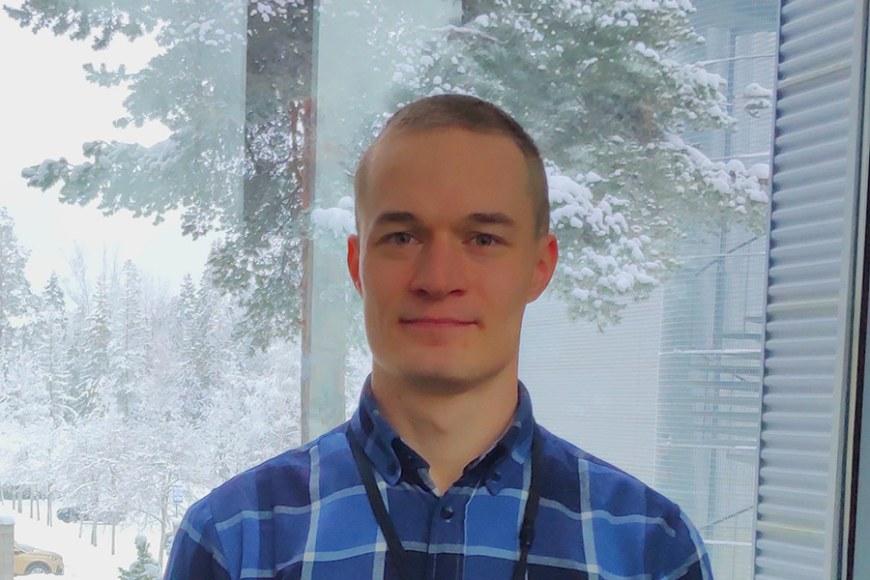
Biotechnological processes employ microbes, such as bacteria or yeasts, or other cell types in the production of pharmaceuticals, chemicals, biocatalysts, and fuels. Some of the products could be produced by conventional chemical means. For example, ethanol used in gasoline and therapeutic proteins such as hormones are produced biotechnologically.
“The transfer of a promising process from the research laboratory to actual production scale is not always straightforward, as the physical conditions within a large-scale reactor differ from those encountered in a laboratory-scale vessel. The rate of reaction may eventually exceed the rate of mixing and oxygen transfer, and the process feed cannot be mixed uniformly within the reactor as intended. This is an extra burden for the producing cells, which ultimately diminishes the productivity and profitability of bioprocesses,” Losoi explains.
The problem has been recognized both experimentally and in computer simulations. However, only few researchers get to conduct experiments in large-scale reactors, and thus experimental data are scarce in the research literature. The numerical simulations used as a supplement tend to be case-specific and laborious.
In his dissertation, Losoi developed an analytically solved model based on 1D diffusion equations. The model allows quick and easily calculated estimates of the distributions of the relevant process variables within large-scale bioreactors, facilitating reactor modelling. Analytically solved models with little computational demands are especially useful in the early stages of process design.
According to him, the problem of insufficient mixing could be solved for example by dividing the feed into multiple points within the reactor. Such multi-point feeds have been mentioned in the literature, but their optimal placement and potential benefits have not been systematically investigated.
“In my simulations with optimally placed multi-point feeds, even large reactors with volumes of tens and even two hundred cubic meters were mixed as quickly as conventionally fed reactors with small volumes of only tens of litres. For context, an infeasible thousand-fold mechanical power input would be required, if the same rate of mixing were to be obtained by increasing the power of the stirrer based on propellers or turbines. The benefits indicated by the simulations were so notable, that the multi-point feeds should be studied experimentally in real vessels,” Losoi concludes.
Public defence on Friday 5 January
The doctoral dissertation of MSc (Tech.) Pauli Losoi in the field of bioengineering titled Characterization of Large-Scale Bioreactors: Modeling Biological and Multi-Point Feed Approaches to Reactor Homogenization will be publicly examined at the Faculty of Engineering and Natural Sciences at Tampere University at 12 o’clock on Friday 5 January 2024 at Festia building Small Auditorium 1 (Korkeakoulunkatu 8, Tampere).
The Opponent will be Professor Peter Neubauer (Technische Universität Berlin). The Custos will be Associate Professor Ville Santala from the Faculty of Engineering and Natural Sciences.
The doctoral dissertation is available online.
The public defence can be followed via remote connection.
Photo: Jin Luo
